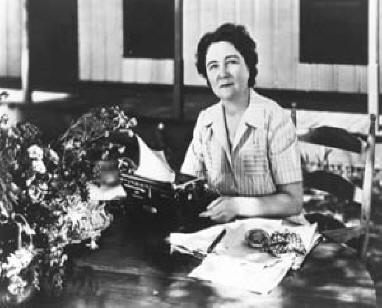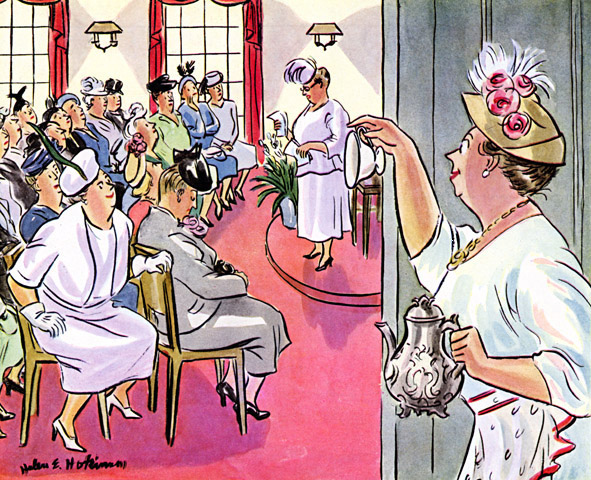The totals are in for Belle, Book, and Candle for 2012:
Books read: 112
Fiction: 65 (of which 42 were mysteries)
Non-fiction: 47
Rereads: 12
Books read on the Nook: 26
Books read from my own shelves: 49
Essay collections: 10
Female authors: 60
Male authors: 52
Author events attended: Gabrielle Hamilton, Gail Collins, Patricia Cohen, Hannah Rosin, and Camille Paglia. The Kentucky Book Fair.
Longest books read: The Greater Journey (576 pages) by David McCullough; The Three Musketeers (717 pages) by Alexander Dumas; All the King's Men (656 pages) by Robert Penn Warren.
Authors I'm glad I found: Gladys Taber (Mrs. Daffodil); Maeve Brennan (The Long-Winded Lady, Notes from The New Yorker); and G.M. Malliet (St. Just mysteries).
Book read on my phone: Shrinking Violet by Karina Lickorish Quinn.
Books that made me laugh out loud: Framed and Millions by Frank Cottrell Boyce; Loose Diamonds by Nora Ephron; The Provincial Lady in America by E.M. Delafield.
Book that I keep telling people about: Mrs. Queen Takes the Train by William Kuhn.
Favorite Rereads: Merry Hall by Beverley Nichols; Ex-Libris by Anne Fadiman.
Book of the Year: The Story of Charlotte's Web by Michael Sims (which I briefly wrote about here - E.B.White ).
Thus ends the first year of Belle, Book, and Candle. Writing a blog is like having another job and it is one I look forward to. I wasn't sure if I could come up with something to write every day about books and reading, but somehow a topic always presented itself.
I so appreciate all of you who stopped by to read and those of you who left comments. And to my fellow book bloggers, thank you for allowing me to become a part of your world.
See you in 2013. Happy Reading and Happy New Year.



















